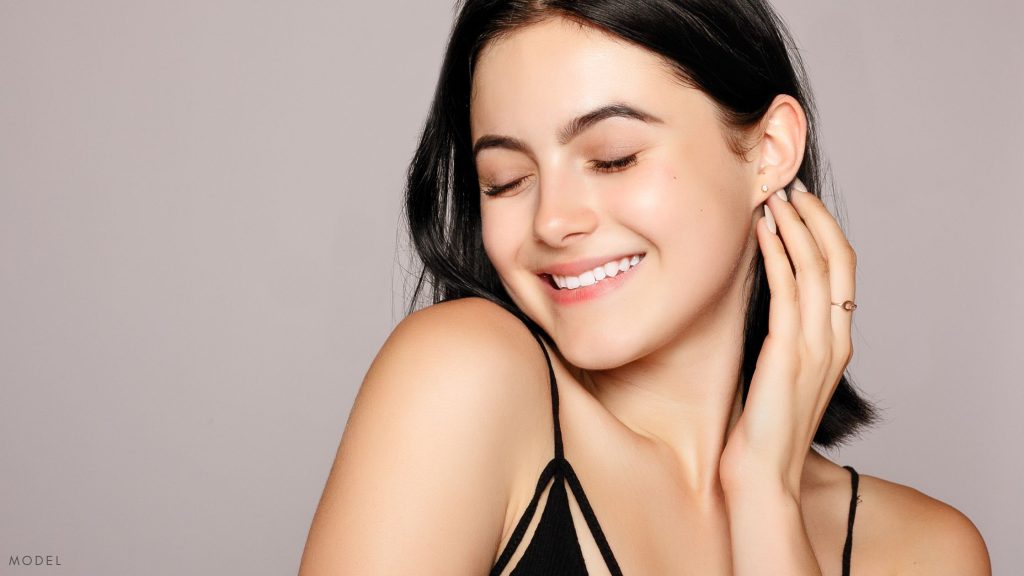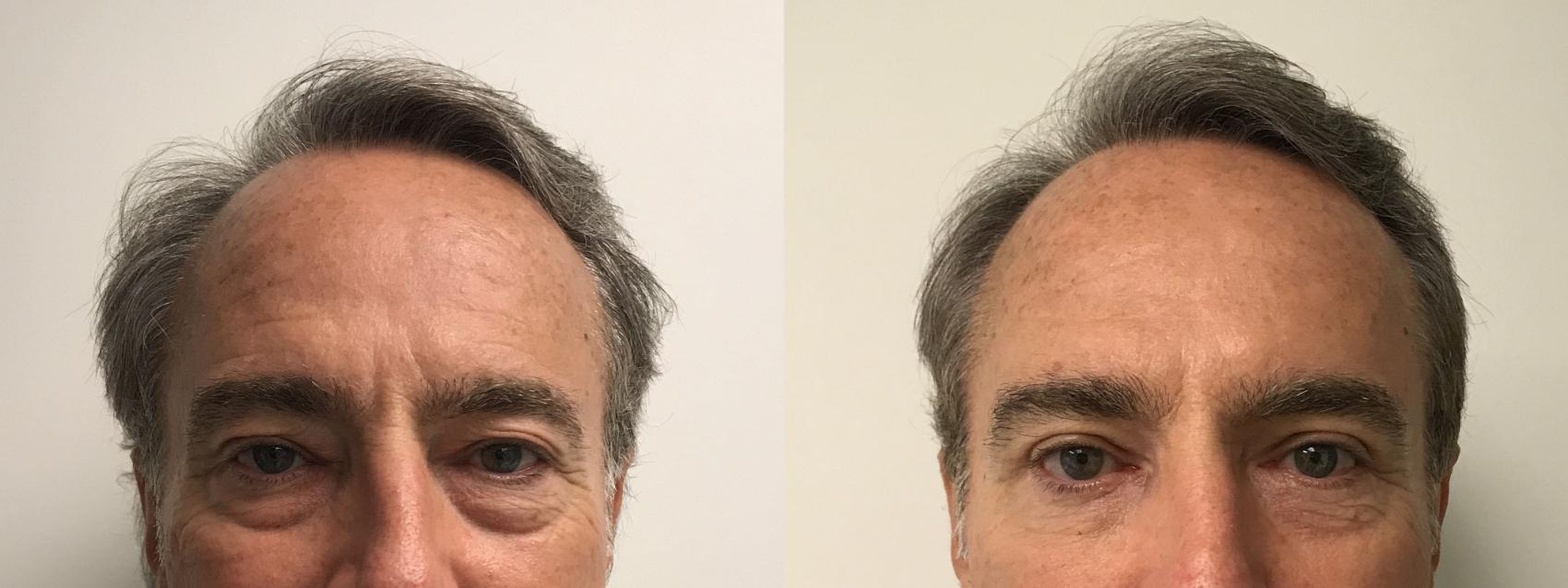Does your reflection reveal eyes that look tired because of sagging eyelids or undereye bags? Are drooping eyelids affecting your vision? Eyelid surgery, or blepharoplasty, could be the answer.
Whether you’ve already scheduled your surgery or are considering the procedure, this blog post will give you an overview of the surgery and provide insight into what to expect during recovery. I’ll also show some of my patients’ before-and-after photos so you can see for yourself the practical benefits of the procedure.
Understanding the Eyelid Surgery Process
Knowing what happens during your surgery is essential; it sets the stage for what to expect post-surgery. I often perform upper blepharoplasties using local anesthesia and sedation, which allows for a quicker, more comfortable procedure. For lower blepharoplasty, a combined upper and lower eyelid lift, or an upper eyelid surgery combined with facelift surgery, I perform the procedure using general anesthesia.
During upper blepharoplasty, I reposition the eyelid muscles, remove or reposition fat pads, remove excess skin, and reshape the upper eyelid.
During lower blepharoplasty, I use a range of techniques depending on your concerns:
• Repositioning or removing excess fat to alleviate puffiness.
• Employing fat grafting to fill in hollows and smooth out the lower eyelids.
• Excising excess skin to reduce wrinkling or bagginess in the lower eyelids.
In addition, I may tighten or reposition tendons to correct sagging or drooping eyelids, a delicate procedure that benefits from my specialized oculoplastic training.
Learn more about the benefits of blepharoplasty in this related blog post.
Immediate Post-Surgery Expectations
The immediate postoperative period allows your body to heal and adjust to the changes made during surgery. Here’s what you can expect in these first hours:
- My staff and I will provide care instructions, including any topical or oral medications required to support your recovery and prevent infection.
- You’ll need to rest and avoid bending or any strenuous activity. Keep your head raised above heart level to minimize swelling. A couple of extra pillows or sleeping in a recliner should do the trick when you sleep.
- Ice compresses will help control swelling and bruising.
- A prescription for pain medication may be provided if needed to keep you comfortable, although significant pain is uncommon.
The First Week: Important Recovery Insights
Swelling and bruising peak during these initial days, but we can ensure a smoother recovery with the right approach. I recommend a few simple steps to keep you comfortable and on track for a swift recuperation:
- Feel free to shower and wash your hair the day after surgery. Just be gentle around the eye area and avoid direct water pressure.
- Avoid the sun as much as possible in this first week. Sun protection, including sunglasses, is essential if you must go out in the sunlight.
- Continue to keep your head raised above heart level, day and night.
- Keep using ice packs to reduce swelling.
- Dryness or irritation in the eyes is a common temporary side effect, easily managed with lubricating eye drops.
- Avoid applying makeup around your eyes for the first week, as it may irritate your incisions. Once your eyelid skin is healed, use a moisturizer and sunscreen.
- Give your body the downtime it needs. Even though it’s tempting to jump back into your routine, taking it easy is your best bet for a fast recovery.
Weeks 2 to 4: Gradual Return to Normal Activities
As you transition into the subsequent weeks, you’ll see a noticeable reduction in swelling and bruising, a reassuring sign that your body is healing.
- In most cases, you can wear contact lenses again after 1 to 2 weeks. If you’ve undergone upper blepharoplasty, you should wait about a week. Lower blepharoplasty patients should generally allow 2 weeks before resuming the use of contact lenses. However, every case is different, so be sure to follow your specific aftercare instructions.
- This period also marks a gradual return to your everyday activities. I recommend waiting 1 to 2 weeks before resuming your usual exercise routine.
One Month and Beyond
Hitting the one-month mark means entering a new phase of recovery, where the changes start to shine through. Here’s what you can look forward to:
- The swelling has largely settled, and the new shape of your eyelids emerges. You’ll continue to see improvements during the 3 to 6 months following surgery.
- You can resume your regular sleep position, but keep your head elevated if you can—it’s just one more way to support healing.
- Continue to protect your eyes, eyelids, and blepharoplasty incisions from the sun.
Take the Next Step
If you have any questions about eyelid surgery recovery or are interested in discussing the surgery with a board-certified plastic surgeon with specialized training in oculoplastic surgery, call our office at (847) 382-4400 or request a consultation online.






Leave a Reply